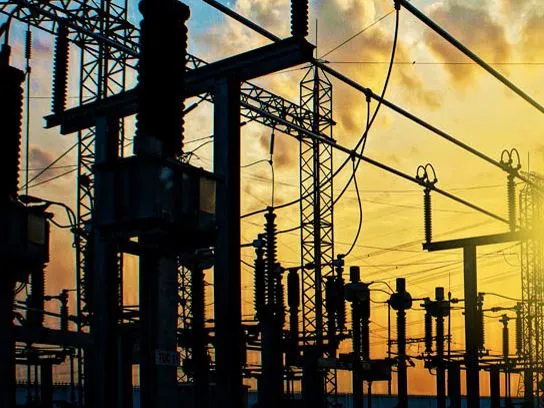
India's aggressive renewables growth scares coal-fired power generators
Power surplus will grip India by the neck in 5-7 years.
Moody's Investors Service says that the rising share of renewables in India's generation mix - as the country grows substantially its proportion of renewable energy over the next 5-7 years—creates challenges for conventional power generators. This situation will be exacerbated by the fact that Moody's expects India to register a power surplus over that period, thereby pressuring the utilization rates of thermal generators.
At the same time, implementation of the aggressive renewable energy capacities - which are planned to grow to 175GW by 2022 compared to the current 37GW - will be challenging, given counterparty risk issues and the need for stable policy initiatives to support long term investments.
"The most pronounced impact of a rising share of renewables in India's energy mix will be on unregulated power companies," says Abhishek Tyagi, a Moody's Vice President and Senior Analyst.
"These companies are directly exposed to the market impact of environmental regulations—such as the clean energy tax—and do not receive the benefit of cost recovery from ratepayers," adds Tyagi.
Tyagi points out that the credit implications for individual Indian power generators will depend on their current and future generation mix, and how they adapt to the evolving policy environment.
Regulated utilities NTPC Ltd and Tata Power, whose power output is dominated by conventional sources, benefit from contracted and availability based revenues. But their business risk will increase over the long term.
"Implementing India's aggressive renewable energy targets will be demanding", says Terry Fanous, Moody's Managing Director for Project and Infrastructure Finance ratings in Asia Pacific.
Fanous says that in addition to managing project construction and counterparty risk issues, expansion of renewable energy financing requires a stable and predictable policy framework that supports long term investment. India has taken steps to support investment in renewable energy, and further traction in policy reform is key for the sector's ongoing development.
"Domestic banks will continue to provide significant funding for renewable energy projects, but greater funding diversity is needed, Fanous says, adding "Attracting institutional debt will clearly support development of India's renewable energy sector".
Attracting institutional debt will benefit from ongoing efforts by the government, supported by multilateral development banks (MDBs) as providers of credit enhancement and as facilitators.
"MDBs have already been involved in supporting renewable energy projects in India, but the scale of India's growth plan for the renewable energy industry will necessitate greater participation by MDBs to crowd in institutional capital", Fanous adds.
Tyagi says that most distribution companies exhibit very weak financial profiles, mainly due to the burden of heavily subsidized power prices. "This heightens counterparty risk for renewable projects", Tyagi adds.
The successful and timely implementation of India's recently announced Ujwal DISCOM Assurance Yojna (UDAY) scheme—which includes recapitalizing
distribution companies—will lower counterparty risk and support the financing of renewable energy projects.
As for the transmission sector, companies in the industry will be affected by the need for network upgrades to manage the connectivity and intermittence of renewable energy.
Moody's points out that around 35% of the new generation capacity (7.1GW) added during the first 11 months of FY2016 (fiscal year ending 31 March 2016) was from renewables. This scenario is a marked shift from previous compositions of new generation capacity, which were heavily dominated by coal.













 Advertise
Advertise











